
非常感谢各位艺术家朋友,我在中国做一些当代艺术的策展工作,我自己比较感兴趣的就是——全国全球各个地方的年轻艺术家们,大家的创作环境、思考的一些内容之间有什么样不一样的地方。他们会遇到什么样的问题,或者是他们有什么共同关心的话题?所以我会在我们的微信公众号上,介绍各个地方——比如说法国、英国、德国的年轻艺术家,他们对于当代艺术的共同的思考,以及其中不同之处。我想让中国的年轻艺术家们来看看法国这边的年轻艺术家们,他们的状态是什么样的,未来我会以一个文字采访结合艺术家作品展示的形式,将大家介绍到中国,促进一些年轻艺术家们的共同学习。
前言
文/宋振熙
美国Ver.1.0
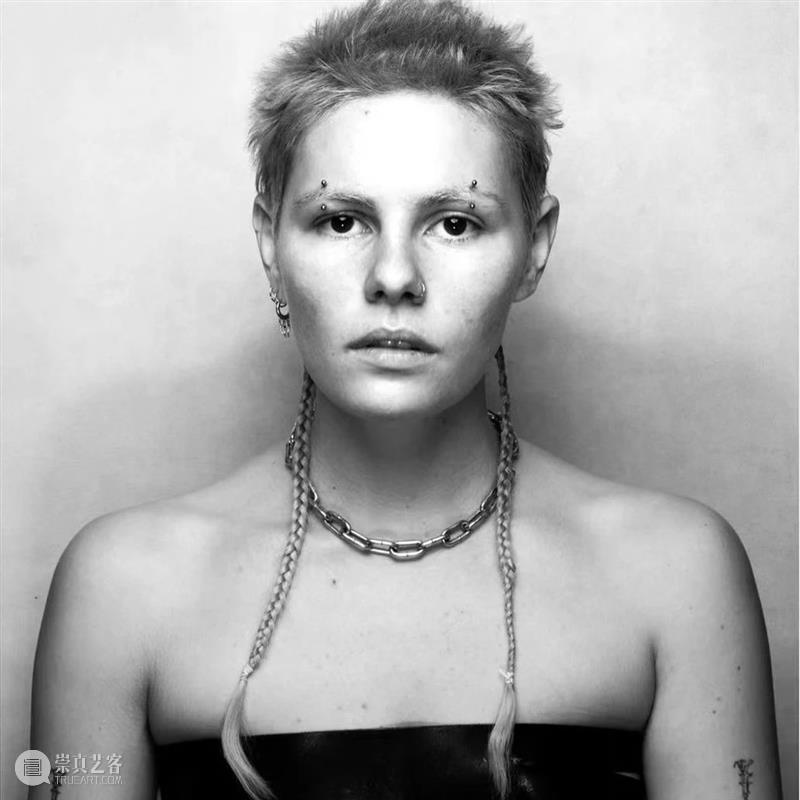
美国青年艺术家Mae
对话艺术家
Mae
Q
Let's start by introducing yourself.
让我们从自我介绍开始吧。
Mae :
My name is Mae (they/them). I am a disabled artist, organizer, curator, writer, herbalist of sorts. I am interested in the embodied, fleshly, and material enmeshment of BDSM, the medical industrial complex, biopolitics, and disability.
我的名字是Mae(他们/她们)。我是一个残疾艺术家、组织者、策展人、作家,也是一个草药师。我对BDSM、医疗工业设施、生物政治学和残疾的具体化、肉体化和物质化感兴趣。
Q
What do you think art means to you and do you think art can bring to society?
你认为艺术对你意味着什么,你认为艺术能给社会带来什么?
Mae:
Curious about the invocation of the somatic and haptic, my work situates itself within questions of grief, memory, and collective amnesia as it unfolds beyond teleological temporalities within trans, disabled, chronically ill, and queer life. I think art has the ability to make people feel seen, shocked, etc. I am most interested in art and artistic practices that are both boundless in their expression but come from a place of deep knowing.
我对肉体和触觉的乞灵感到好奇,我的作品将自己置于悲伤、记忆和集体失忆的问题中,因为它在变性人、残疾人、慢性病人和同性恋者的生活中展开,超越了目的论的暂存性。我认为艺术有能力让人们感到被看见、被震惊等等。我最感兴趣的是那些在表达上无拘无束,但来自于深刻认识的艺术和艺术实践。
Q
Let's talk about your past works.
聊聊你之前的作品吧。
Mae:
I started my artistic practice as a photographer and worked with photographs for about a decade before expanding my practice into video, performance, sculpture, and installation as well. I see the production of my pieces as a ritual with the materials and objects I work with.
I just finished a project called Offerings to Bob Flanagan. The piece explores themes of loss, collective memory, amnesia,meeting at the nexus of whiteness, queerness, and disability. Inspired by Bob Flanagan’s Pain Journals, the video collected audio recordings of my own pain journals written to Bob over time while filming footage in my bedroom. The piece expanded over the course of one year, matching the approximate framework of Flanagan’s Pain Journals of 1995, before his death on January 4th, 1996. This piece was special because it felt like a portal that was reaching beyond the veil, extending beyond the realm that we live in. It also serves as a form of crip time keeping, thinking about the non-linear measurements of care, relationality, illness, and artistic practice that cannot just be plotted on a line from A to B. While the video piece is done, I am continuing to write letters to Bob and hope to have that be a consistent practice that I carry with me as my work continues to shift and morph.
我的艺术实践是从摄影师开始的,在将我的实践扩展到视频、表演、雕塑和装置之前,我用照片工作了大约十年。我把我的作品的制作看作是与我所使用的材料和对象的一种仪式。
我刚刚完成了一个名为 "向鲍勃-弗拉纳根祭献 "的项目。这部作品探讨了失去、集体记忆、失忆的主题,在白人、同性恋和残疾的交界处相遇。受Bob Flanagan的《疼痛日记》的启发,该视频收集了我自己的疼痛日记的音频记录,并在我的卧室里拍摄片段写给Bob。这部作品在一年的时间里不断扩展,与弗拉纳根在1996年1月4日去世前的1995年疼痛日记的大致框架相符。这个作品很特别,因为它感觉就像一个入口,正在伸向面纱之外,延伸到我们生活的领域之外。它也是一种记录时间的形式,思考非线性的。在视频作品完成的同时,我继续给鲍勃写信,并希望在我的工作继续转变和变形的过程中,让这成为我的一贯做法。
Q
Have you graduated now? How is the art market in your city? What are your career plans after graduation?
你现在毕业了吗?你所在城市的艺术市场情况如何?你毕业后有什么职业规划?
Mae:
I graduate from my MFA program in May. I have been going to school in Philadelphia but splitting my time between Philadelphia and Brooklyn for the past two years and will be moving back to Brooklyn late spring or early summer. I think Philadelphia has a really robust up and coming art scene. The cost of living is much cheaper than New York so it is a much more affordable place to live and thus has some really exciting opportunities for artists whether that be gallery spaces, grants, or more studio spaces. Brooklyn is its own space—everyone I know in Brooklyn is an artist of some sort with many other hustles, commitments, and jobs. It is also quite expensive and asks artists to make sacrifices for their practice.
After graduation, I will be working on a book project and a series of collaborative events, live readings, and performances. I also hope to take some blacksmithing classes and learn how to do iron pours to expand my sculptural practice.
我在5月从艺术硕士课程毕业。在过去的两年里,我一直在费城上学,但在费城和布鲁克林之间分配时间,并将在春末夏初搬回布鲁克林。我认为费城有一个真正强大的新兴艺术景象。生活成本比纽约便宜得多,所以它是一个更容易负担得起的地方,因此对艺术家来说有一些非常令人兴奋的机会,无论是画廊空间、资助,还是更多的工作室空间。布鲁克林是它自己的空间--我在布鲁克林认识的每个人都是艺术家,但身兼许多其他的杂事、事业和工作。它相当昂贵,要求艺术家为他们的实践做出牺牲。
毕业后,我将致力于一个图书项目和一系列的合作活动、现场阅读和表演。我还希望参加一些锻造课程,学习如何进行铁器浇注,以扩大我的雕塑实践。
Q
Do you draw from the successful works of 60s or 70s artists in your work, or do you care less and hope to have something of your own?
在你的作品中,你是否借鉴了60年代或70年代艺术家的成功作品?或者不太在意,希望有自己的东西?
Mae:
Artists who have been most impactful to my practice are Ana Mendieta, Eva Hesse, and Mona Hatoum, specifically
Mendieta’s 1970s Silueta series, Hesse’s Expanded Expansion (1969) and Accension II (1969), and Hatoum’s Under Siege (1982). I also look to artists such as Lee Bul, Park McArthur, Carolyn Lazard, Alx Velozo, and Julie Tolentino. I think as a young artist, it is extremely important to know the history of artists who have come before you as well as your contemporaries because our work enters into conversation with each other. Sometimes it is an homage to ones who have come before us and are no longer here, other times my work is inspired by a piece that was done two or three years ago.
对我的实践影响最大的艺术家是Ana Mendieta、Eva Hesse和Mona Hatoum,特别是 Mendieta的1970年代Silueta系列,Hesse的Expanded Expansion(1969)和Accension II(1969),以及Hatoum的Under Siege(1982)。我还看了Lee Bul、Park McArthur、Carolyn Lazard、Alx Velozo和Julie Tolentino等艺术家。我认为作为一个年轻的艺术家,了解在你之前的艺术家以及你同时代的艺术家的历史是非常重要的,因为我们的工作进入了彼此的对话。有时是向那些在我们之前已经不在这里的人致敬,其他时候我的作品是受到两三年前的作品的启发。
Q
Will young artists slowly form their own groups/platforms and get rid of the original traditional, authoritative museums?
你是否还继续想从前辈艺术家那吸取营养,还是希望能够有一个自己的东西?
Mae:
I think young artists are already forming their own groups, platforms, and collectives. I do not see museums closing any time soon, but I do see artist groups gaining more momentum in their asks around equitable pay and accessibility in the coming years.
我认为年轻的艺术家已经在形成他们自己的团体、平台和集体。我不认为博物馆会很快关闭,但我确实看到艺术家团体在未来几年围绕公平报酬和可及性的要求获得更多的动力。
Q
What do you think about the advantages of collaborative arts?
你认为群体创作有好处吗?
Mae:
I think collaborative arts is the way we will become liberated as artists. None of us work without direct relationship to each other, spirits, guides, or influences even if the production of one’s practice is in solitude. There are some works that I have to make alone because the work is about my processes with the material, but I am always working alongside spiritual guides. I also am an advocate for collaborative processes. I think we have so much to learn from one another always and working collaboratively is both a challenge in terms of moving towards an egoless form of making while also being vulnerable enough to really be present with one another.
我认为群体创作是我们作为艺术家获得解放的方式。我们每个人的工作都离不开其他人、精神/灵魂、指导者或影响者的直接关系,即使一个人的实践生产是在孤独中进行。有一些作品,我必须独自制作,因为作品是关于我与材料的过程,但我总是与精神向导一起工作。我也是一个倡导合作过程的人。我认为我们总是有很多东西可以互相学习,合作工作既是一种挑战,在走向无自我的制作形式的同时,也要有足够的脆弱性来真正地与对方一起存在。
Q
Have you ever studied painting/drawing? Does it have any significance in your artistic creation?
你曾经学习过绘画或素描吗?他们是否对你的艺术创作重要?
Mae:
I have never studied painting or drawing directly in my practice but have started to draw in space with my new sculptural works.
我在实践中从未直接学习过绘画或素描,但我已经开始用我的新雕塑作品在空间中绘画。
Q
How do you think about metaverse and NFT?
你对元宇宙或NFT怎么看?
Mae:
I am intrigued, but do not work with the metaverse in my own practice. I won’t ever say no to trying something so it could be a possibility for the future.
我很感兴趣,但在我自己的实践中还没有与元宇宙合作。我永远不会拒绝尝试一些东西,所以这可能是未来的一种可能性。
Mae的作品

The Tetherings III
Used and new medical tubing, Thera-Band rubber resistance band (extra thin), stainless steel
wire cable, chrome plated steel ram horn
Dimensions Variable
2022
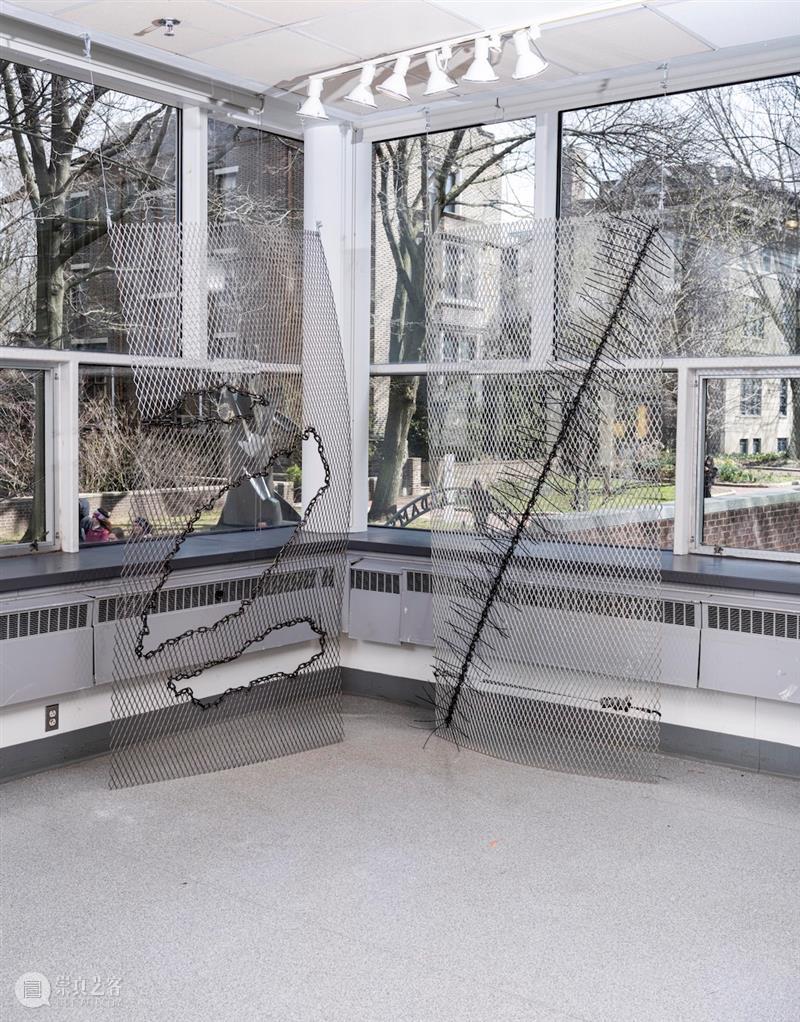
Grate Series (2021- ongoing)
Left: Embellished Wound, steel grate, welded chain link, 2022. 4’ x 8’ x 3”.
Right: Tilt Table Test, steel grate, chain link, zip ties, ratchet strap, 2021. 4’ x 8’ x 5” with 48”
suspension.
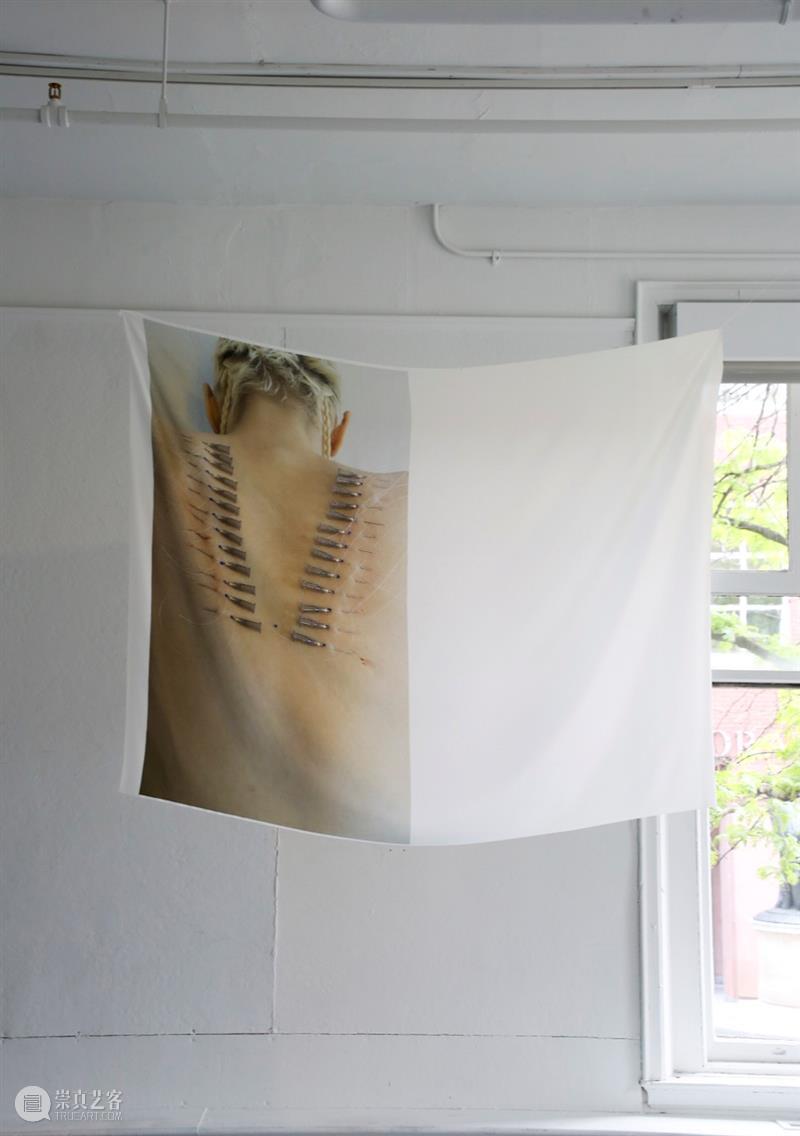
Wingspan (2022)
Inkjet Print on Jacquard Silk
Still Image from (Im)Mobility Appendage, a live performance made with Mistrix Sunmi
67” x 52.25”
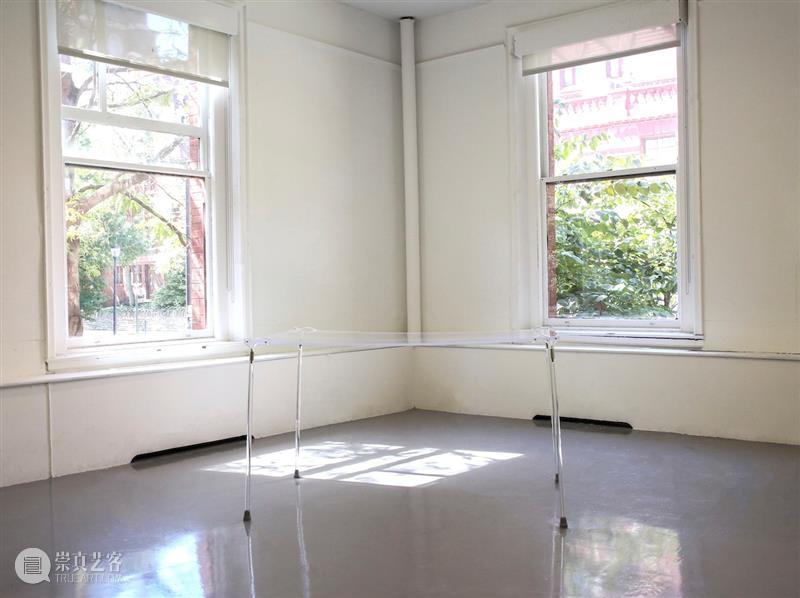
Bending Table (2022)
Plexi sheet, acrylic canes, stainless steel nails
38” x 61” x 36”
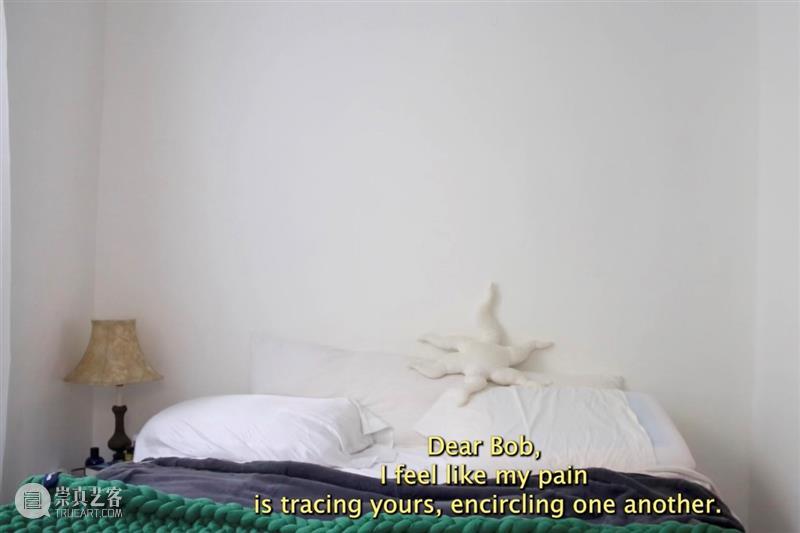
Offerings to Bob Flanagan
1 hour 1 min
Durational Video Performance
2021-2022
最后,感谢美国青年艺术家石海诺的本次专访。
感谢她带我们走进University of Pennsylvania
宾夕法尼亚大学的青年艺术家之旅!
编辑 Shine
审核 宋振熙

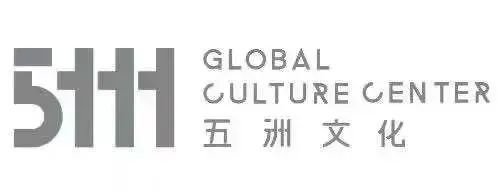
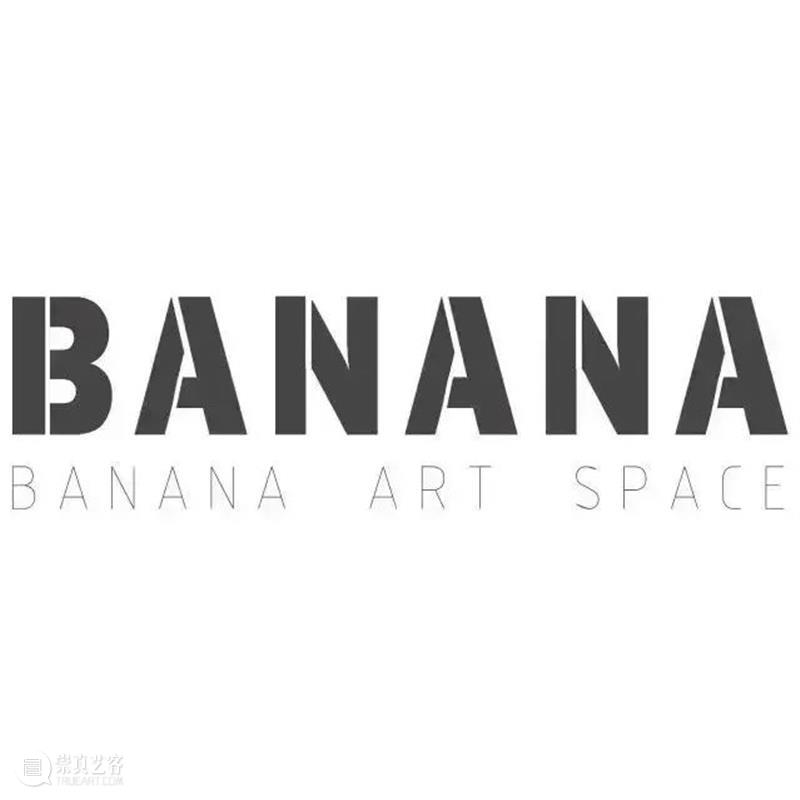
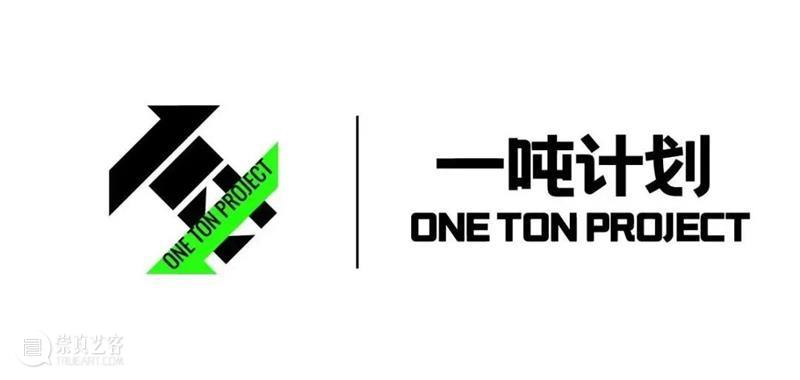

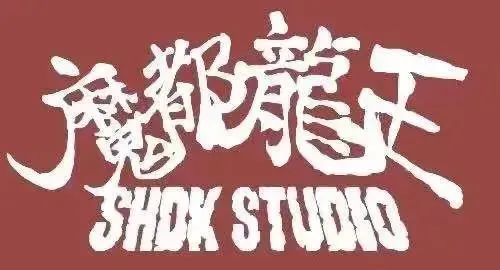
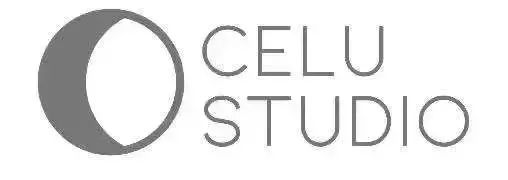
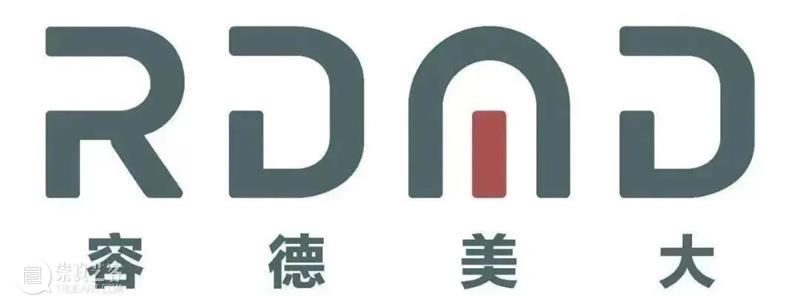


已展示全部
更多功能等你开启...





 分享
分享